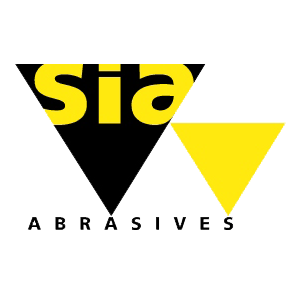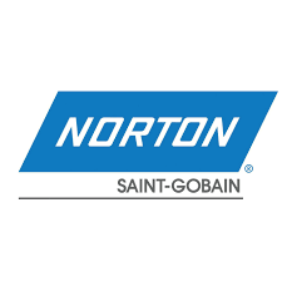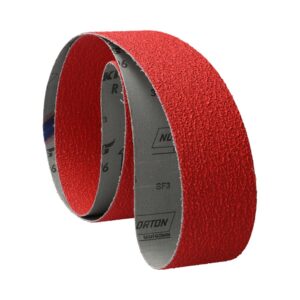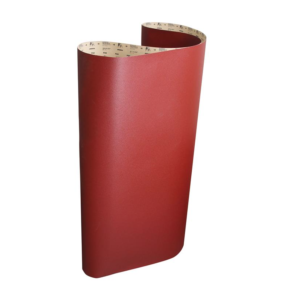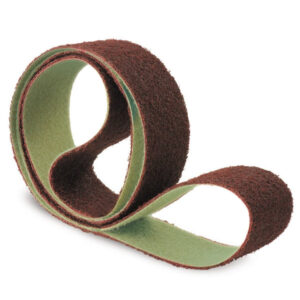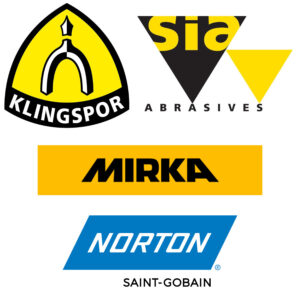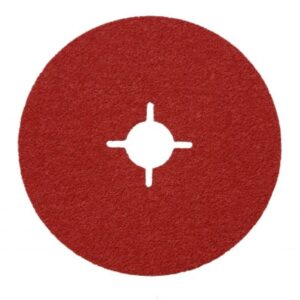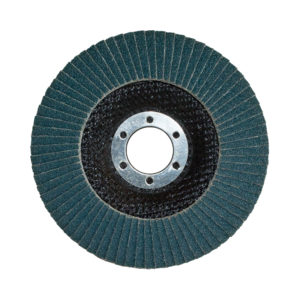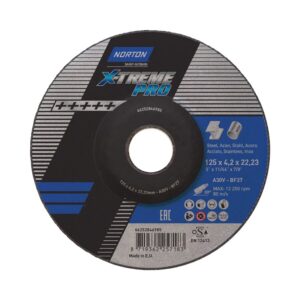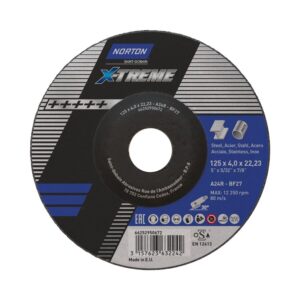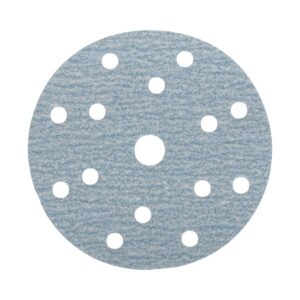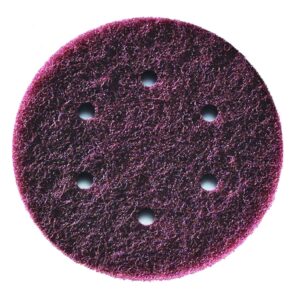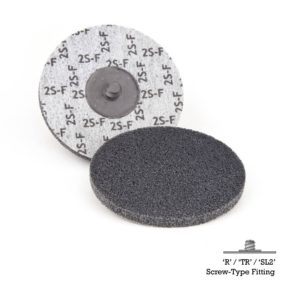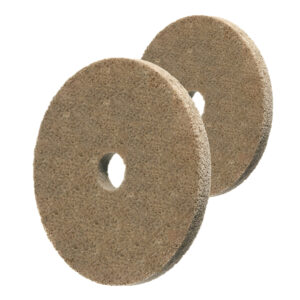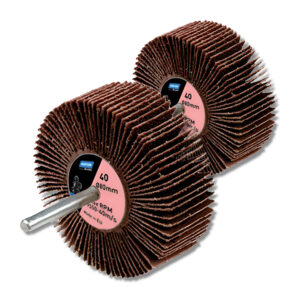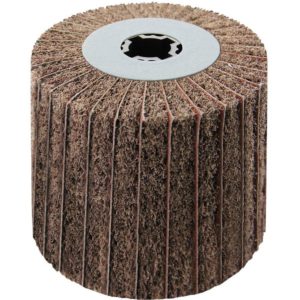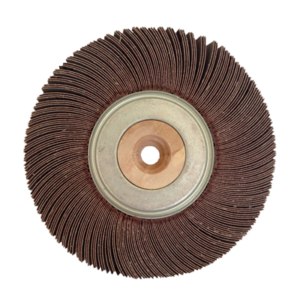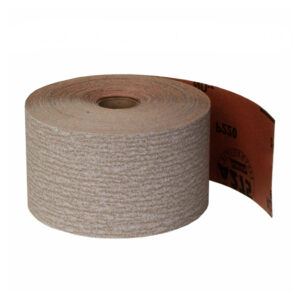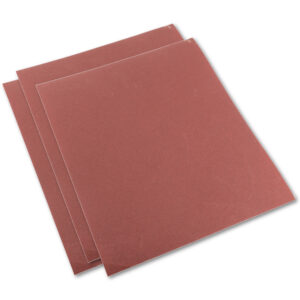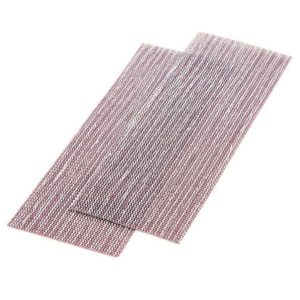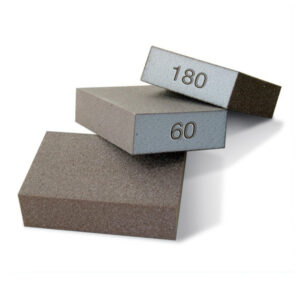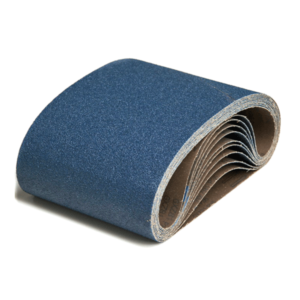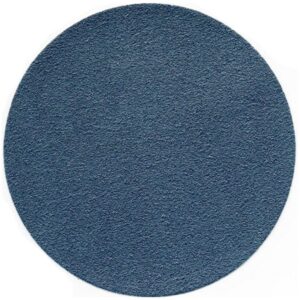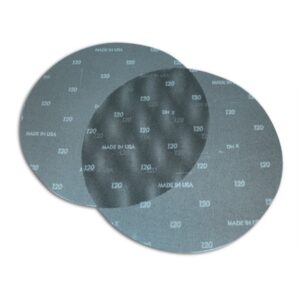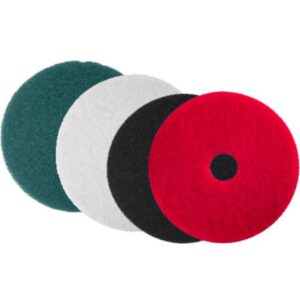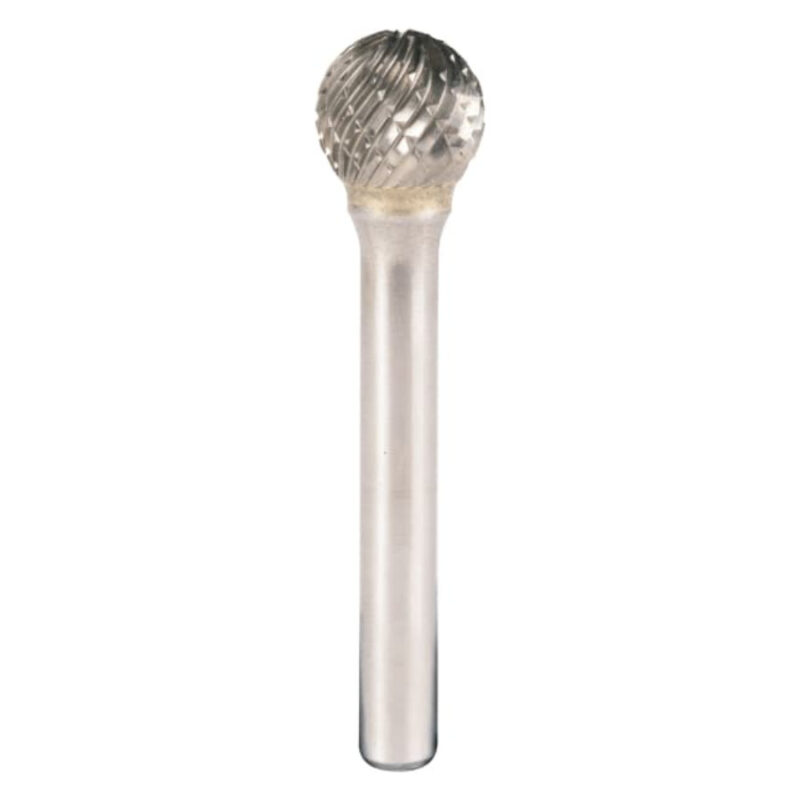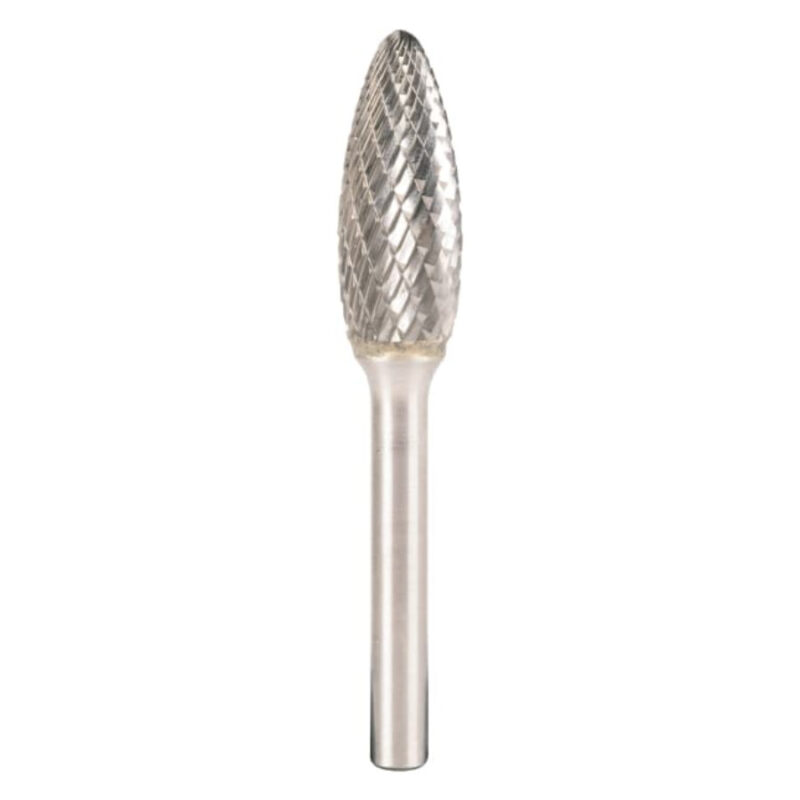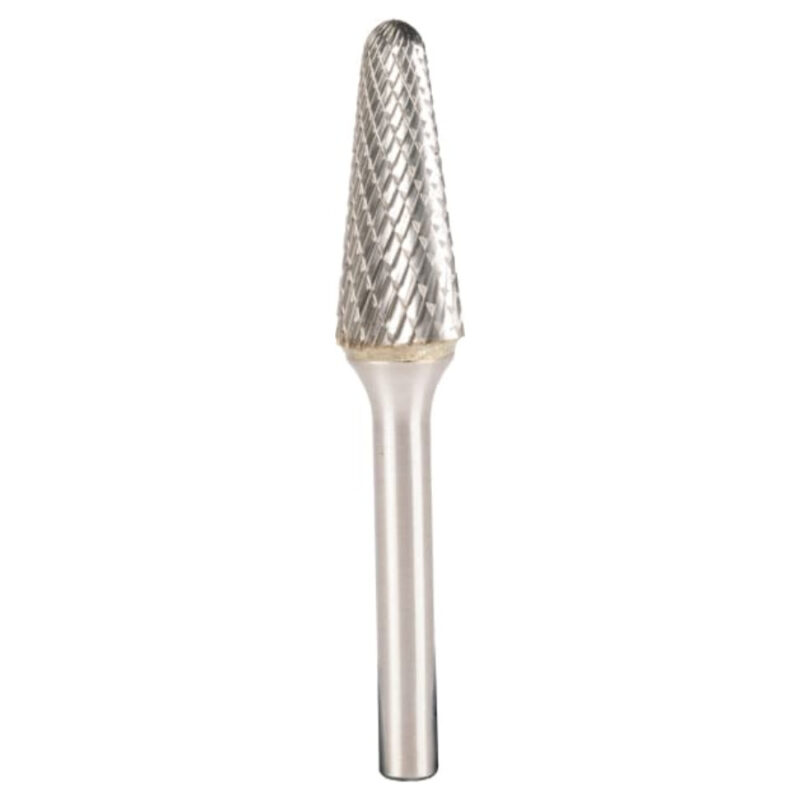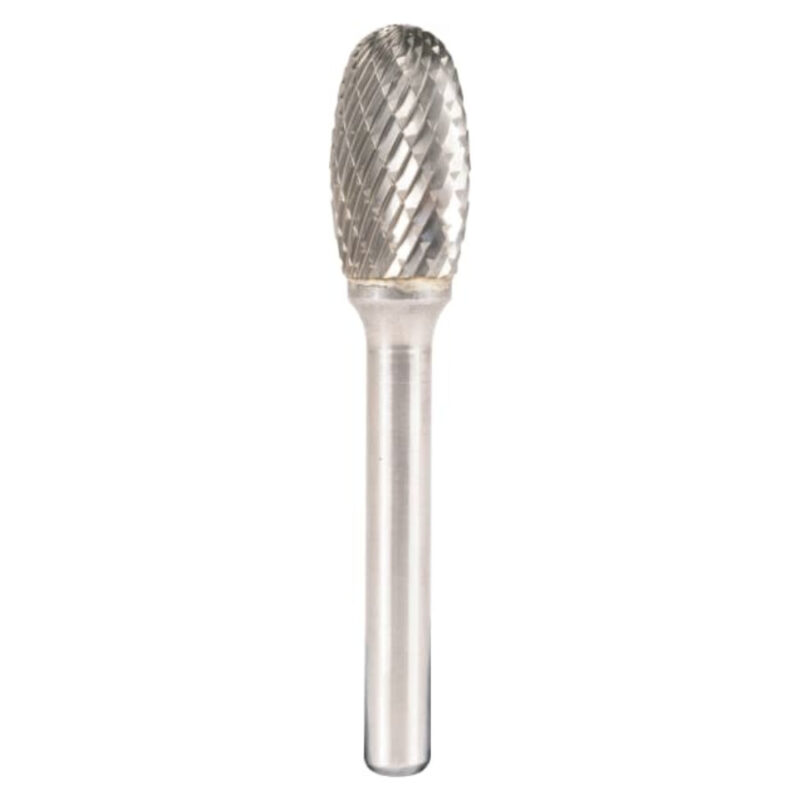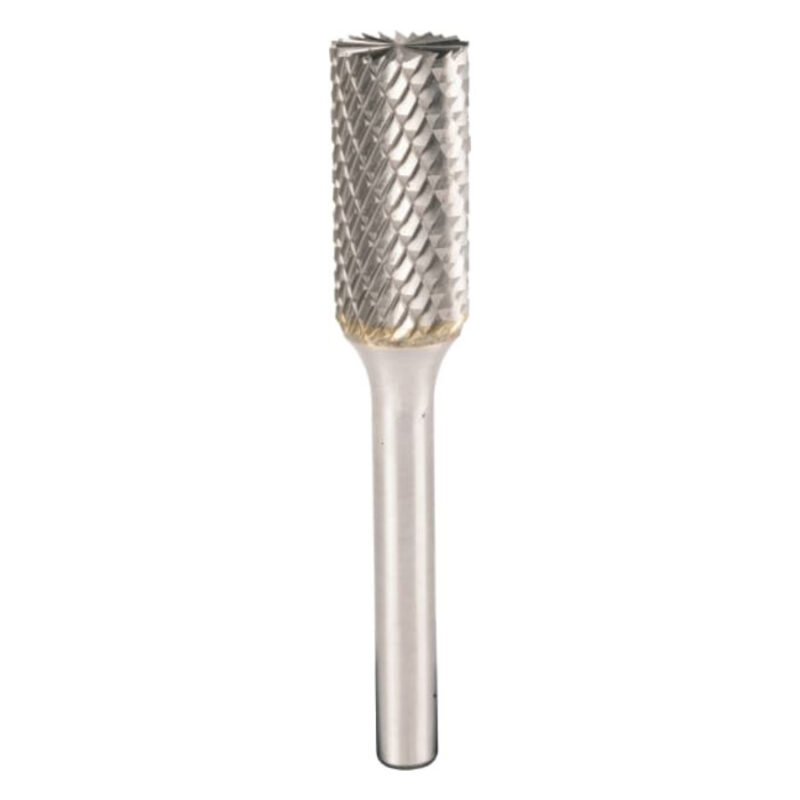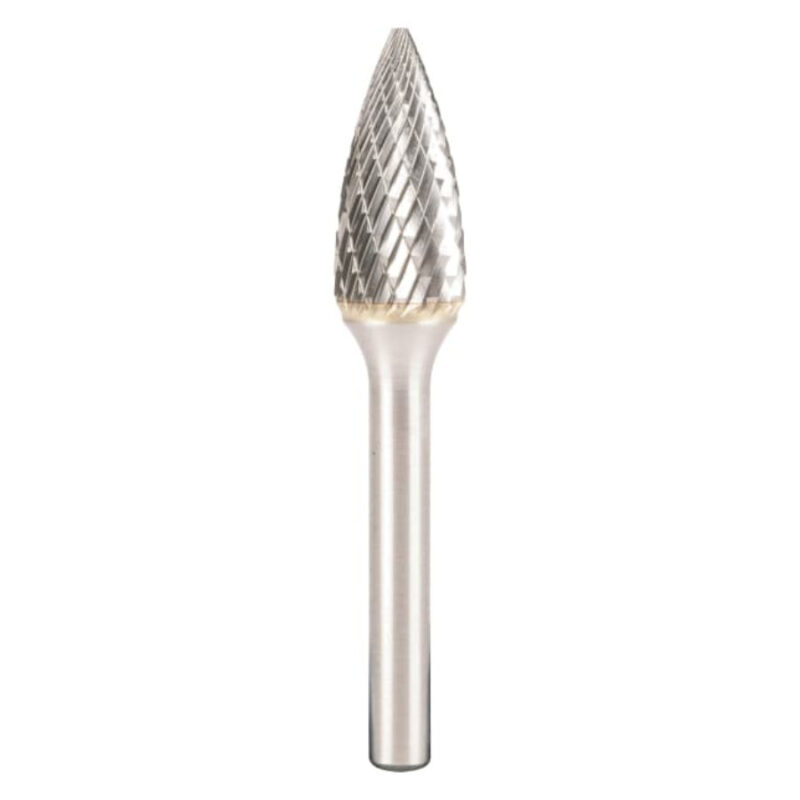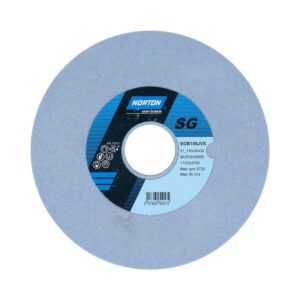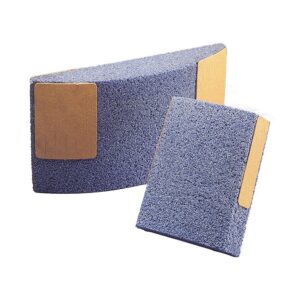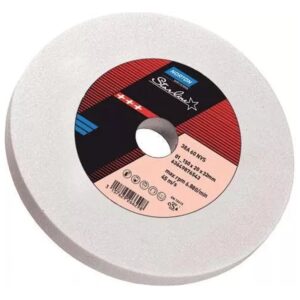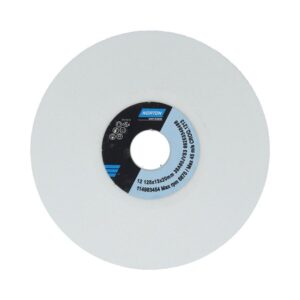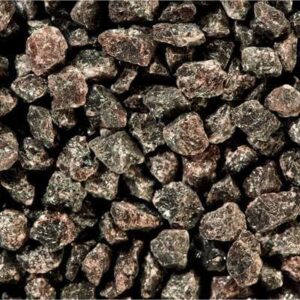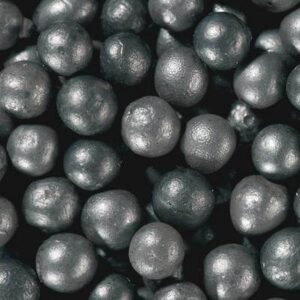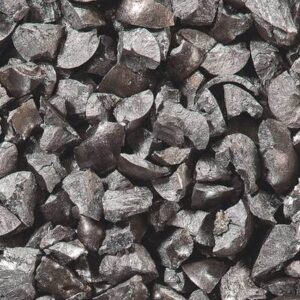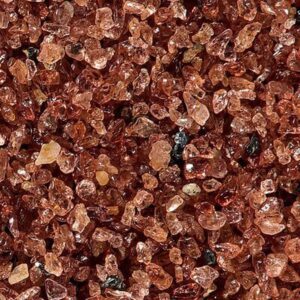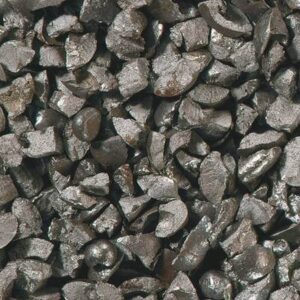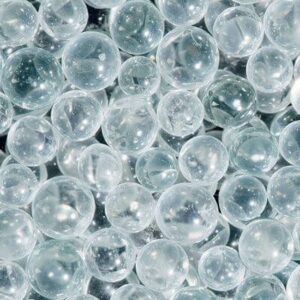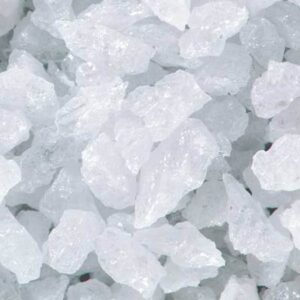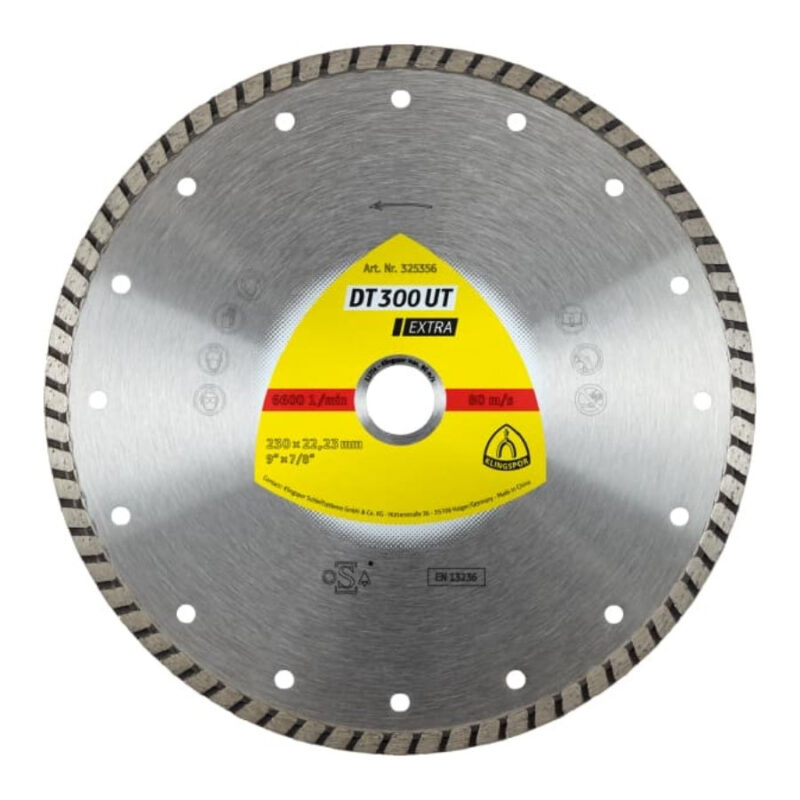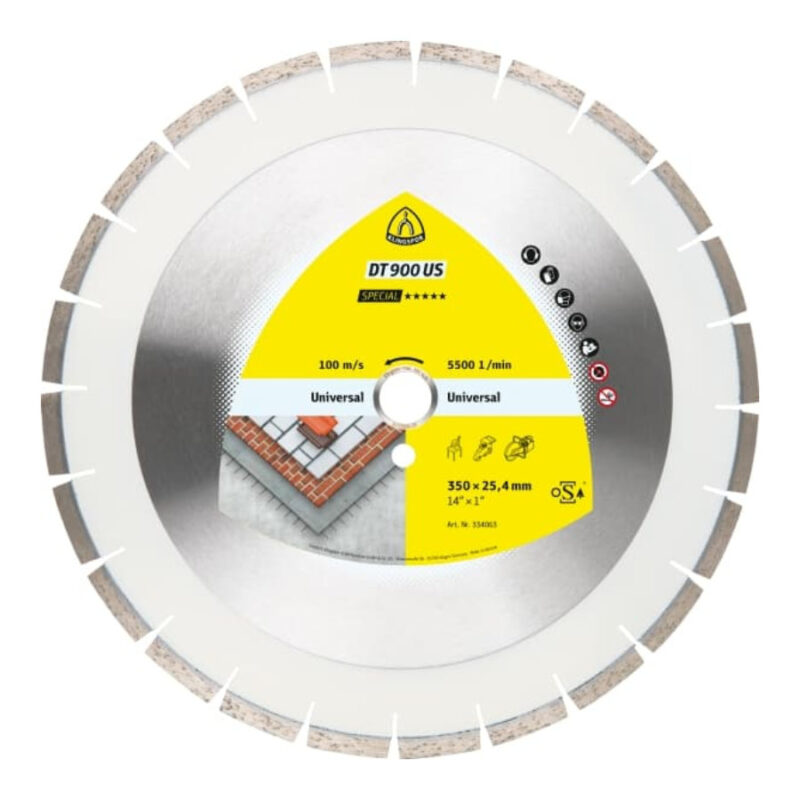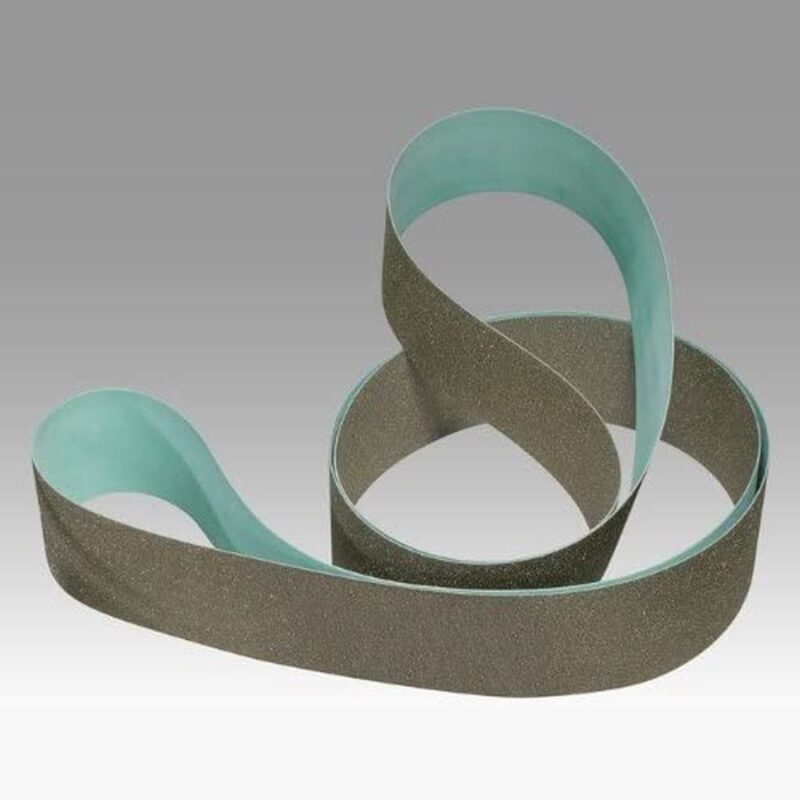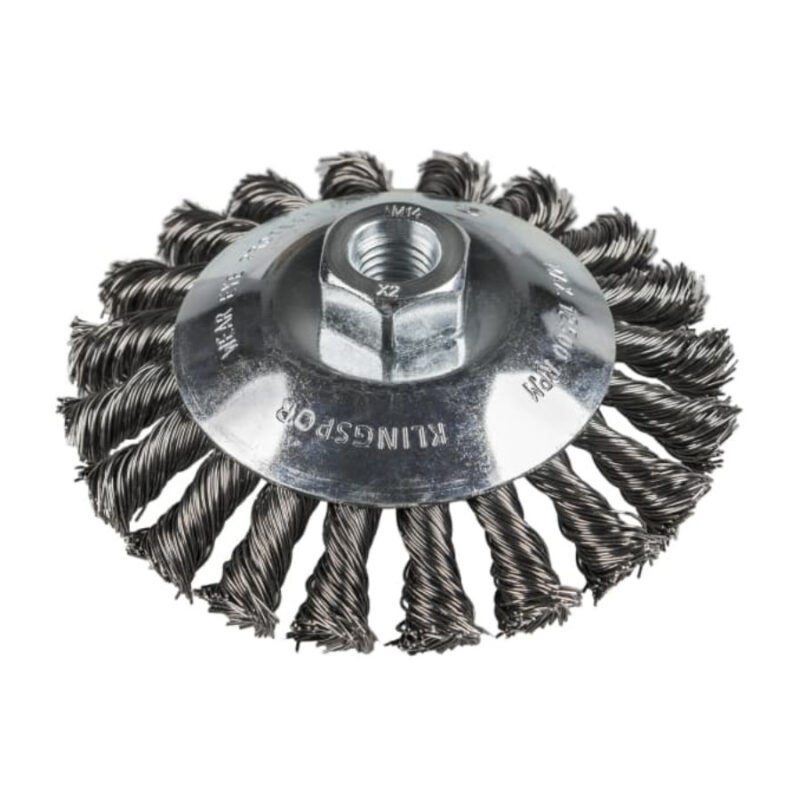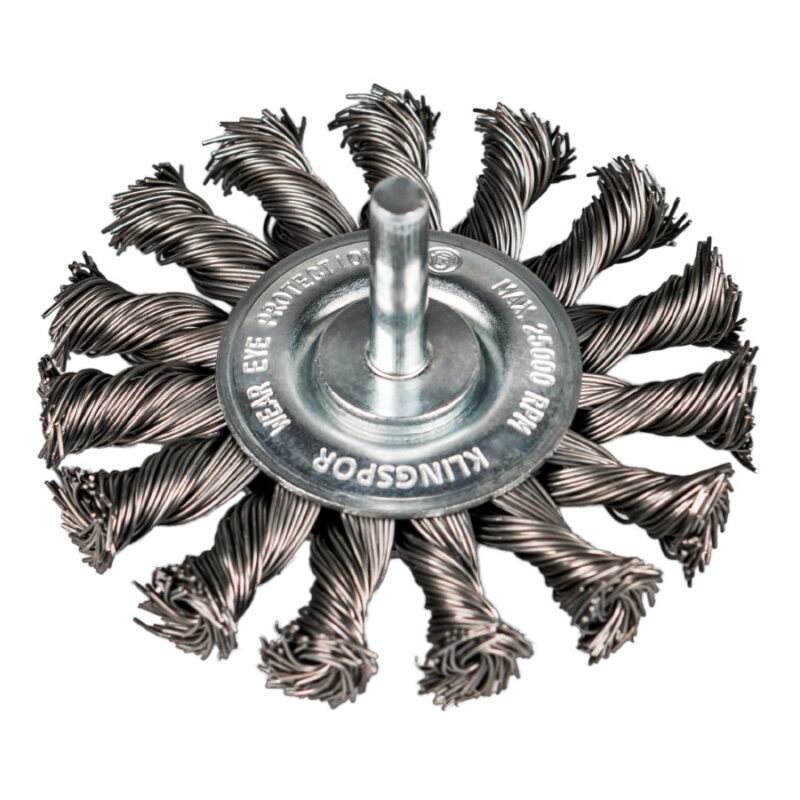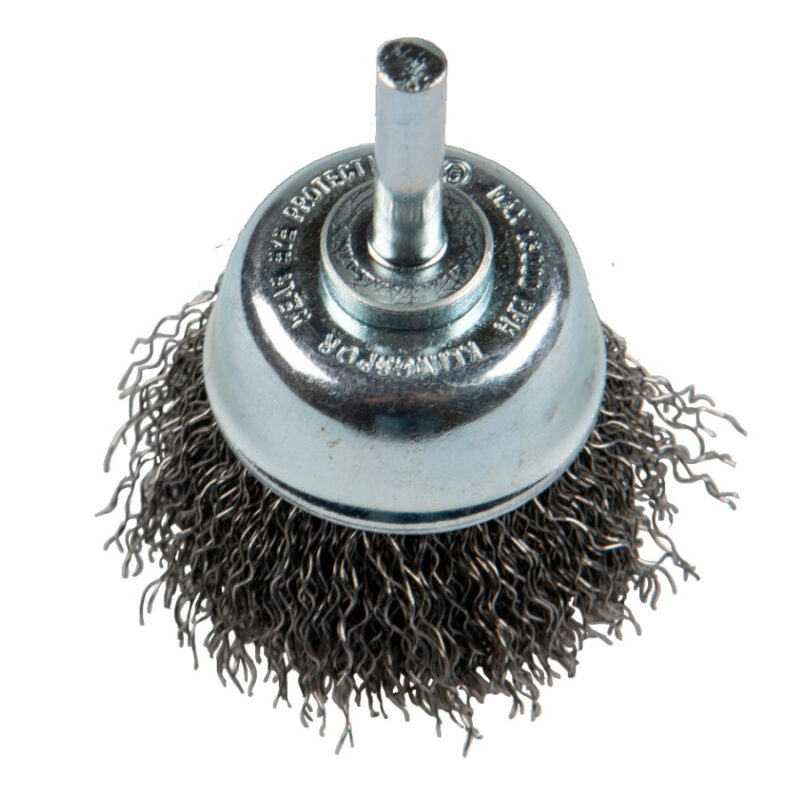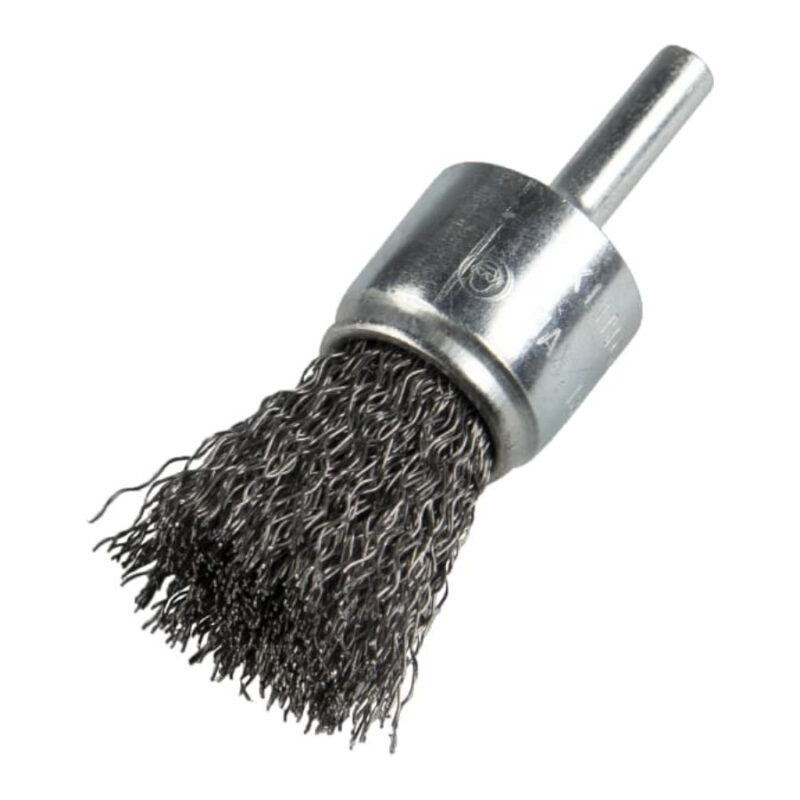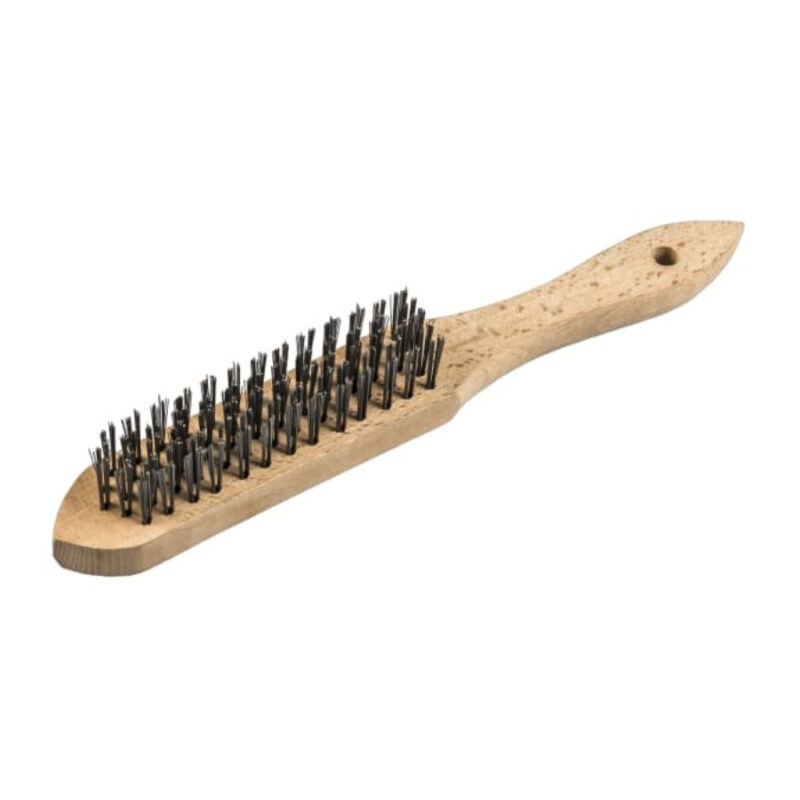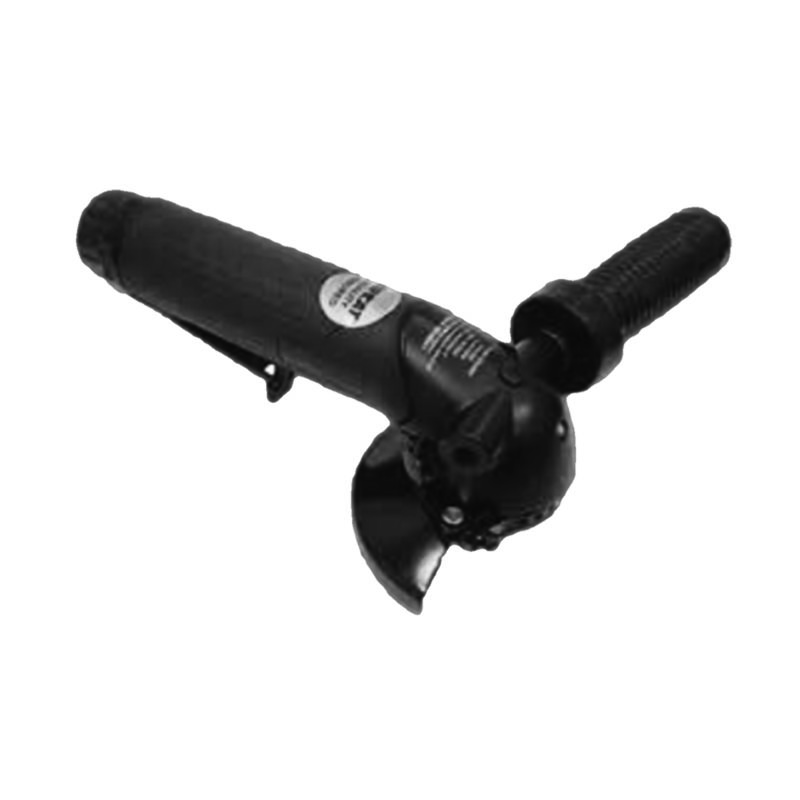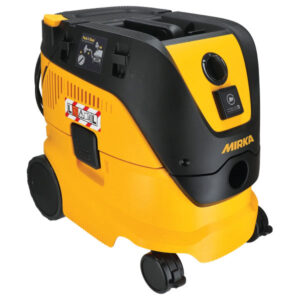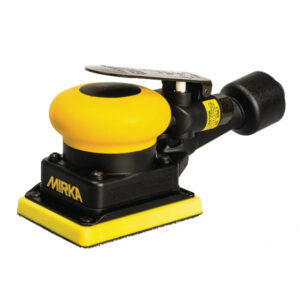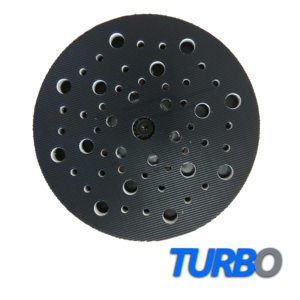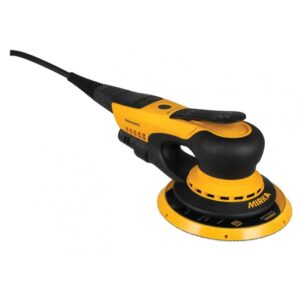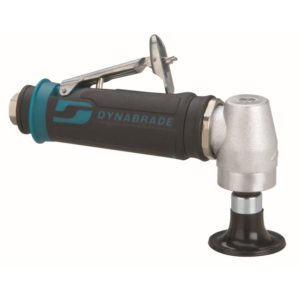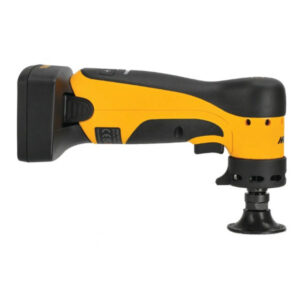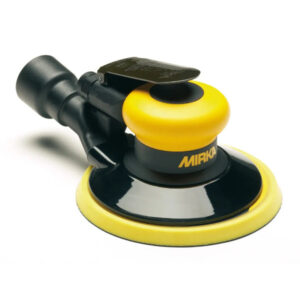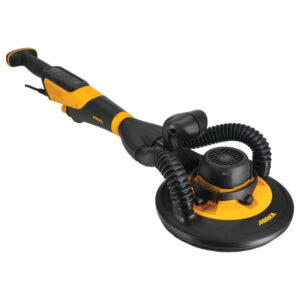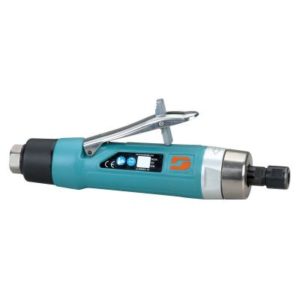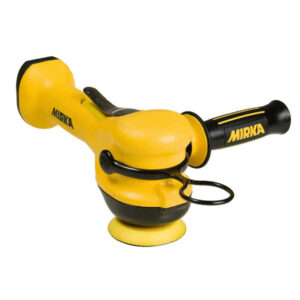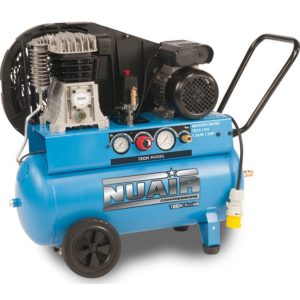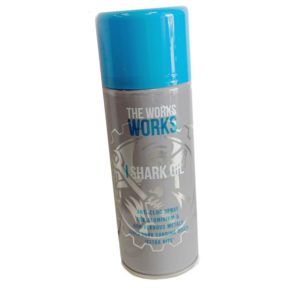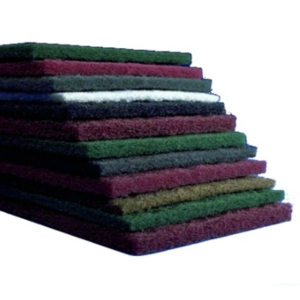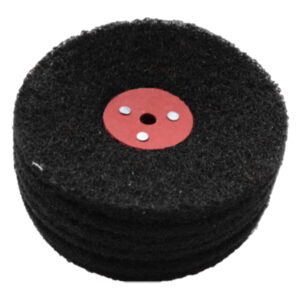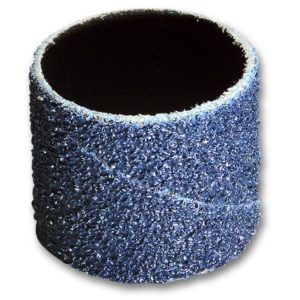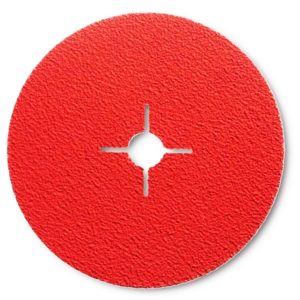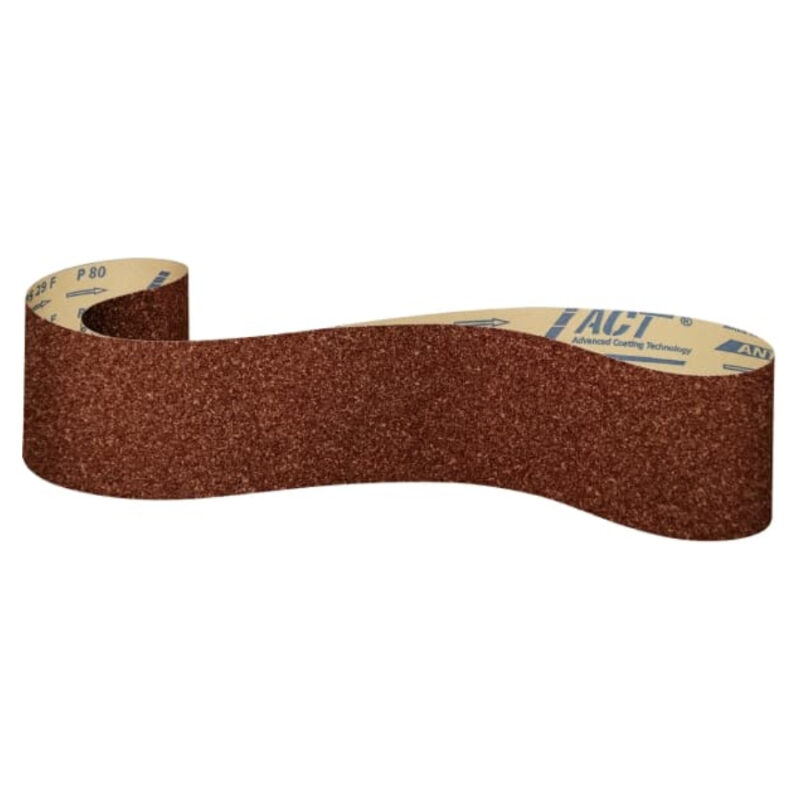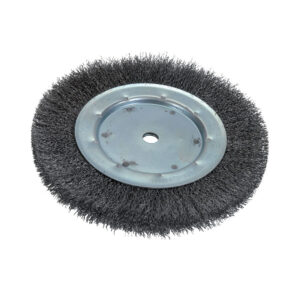Stone
Stone is a popular building material used in construction, landscaping, and decoration due to its natural beauty, durability, and versatility. However, working with stone can be challenging, as it is a hard and abrasive material that requires specialized tools and abrasives to cut, shape, and polish.
When it comes to sanding or grinding stone, the choice of abrasives depends on the type of stone and the intended application. Some of the most common types of stone used in construction and decoration include granite, marble, limestone, sandstone, slate, and travertine, each with its own unique properties and characteristics.
Granite is a dense and durable igneous rock composed mainly of quartz, feldspar, and mica. It is commonly used as a construction material for countertops, flooring, and paving due to its resistance to scratches, heat, and stains. To sand or grind granite, diamond abrasives are the most effective choice due to their hardness and durability. Diamond sanding pads or discs come in various grits, from coarse to fine, to achieve different levels of smoothness and shine. Coarse diamond grits are suitable for shaping and smoothing rough surfaces, while finer grits are used for polishing and honing.
Marble is a metamorphic rock composed mainly of calcium carbonate, which gives it a distinctive veined and glossy appearance. Marble is a popular material for flooring, countertops, and decorative objects due to its elegance and beauty. However, marble is a soft and fragile material that can be easily scratched, chipped, or stained. Therefore, when sanding or grinding marble, it is important to use abrasives that are gentle and non-damaging. Wet diamond sanding pads or discs are ideal for sanding marble, as they can remove scratches and blemishes without damaging the surface. Additionally, polishing compounds or powders can be used to achieve a high gloss finish.
Limestone is a sedimentary rock composed mainly of calcium carbonate and other minerals, such as clay and sand. It is a common building material used for flooring, walls, and facades due to its natural warmth and beauty. However, limestone is a porous and soft material that can be easily scratched or stained. Therefore, when sanding or grinding limestone, it is important to use abrasives that are gentle and non-damaging. Wet diamond sanding pads or discs are also suitable for sanding limestone, as they can remove scratches and blemishes without damaging the surface. Additionally, polishing compounds or powders can be used to achieve a high gloss finish.
Sandstone is a sedimentary rock composed mainly of sand-sized grains of mineral, rock, or organic material. It is commonly used for building facades, walls, and paving due to its natural texture and color variations. However, sandstone is a relatively soft and porous material that can be easily scratched or eroded. Therefore, when sanding or grinding sandstone, it is important to use abrasives that are gentle and non-damaging. Silicon carbide sandpaper or discs are a good option for sanding sandstone, as they are durable and have a sharp cutting edge that can remove material efficiently without causing damage. However, it is important to use a relatively fine grit size, such as 120 or 220 grit, to prevent scratching the surface of the sandstone.
When grinding sandstone, a diamond cup wheel is a good choice due to its durability and ability to grind away material quickly. However, care should be taken to avoid applying too much pressure or grinding too aggressively, as this can cause the sandstone to become too smooth and lose its natural texture. It is also important to use a dust extraction system when grinding sandstone to prevent inhaling harmful dust particles.
Overall, when working with sandstone, it is important to choose abrasives that are gentle and non-damaging, and to use them with care and precision to avoid causing damage to the surface of the stone. It is also important to wear appropriate personal protective equipment, such as gloves, eye protection, and a respirator, to protect against dust and other harmful particles.






